WHAT IS INDUSTRIAL
REVOLUTION?
An industrial revolution is a turning-point in human history characterized by the emergence of new technologies resulting to a profound change in the way people live, work, and interact with one another.
Before 4.0
The recent advancement in technology all points out to the conclusion that we are on the brink of the fourth industrial revolution. To understand where we are heading, let us look at the first three revolutions that dramatically altered our economic and social structures.
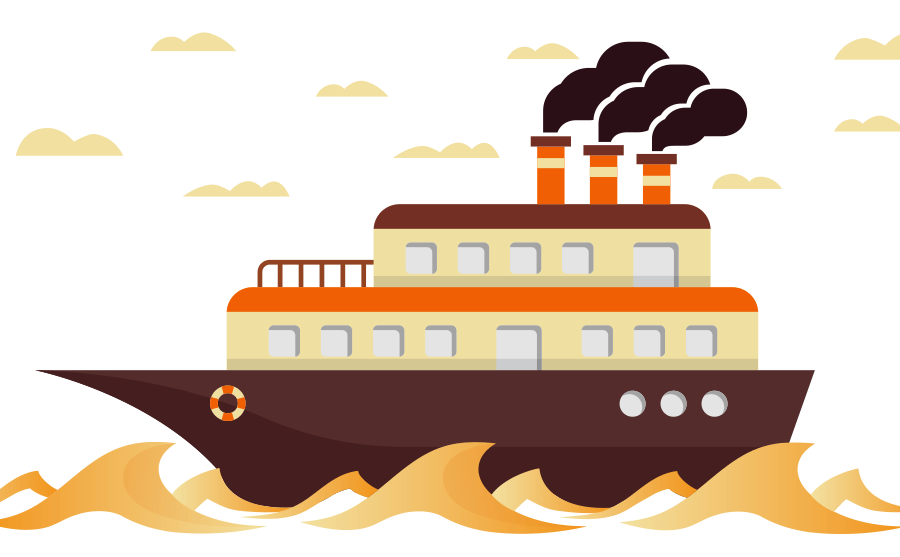
Industry 1.0 – Steam Power and Mechanization
The First Industrial Revolution utilized steam power to mechanize production. This transformed the farmlands to highly industrialized urban societies. The revolution was propelled by the development of railroads leading to accelerated economic exchanges.
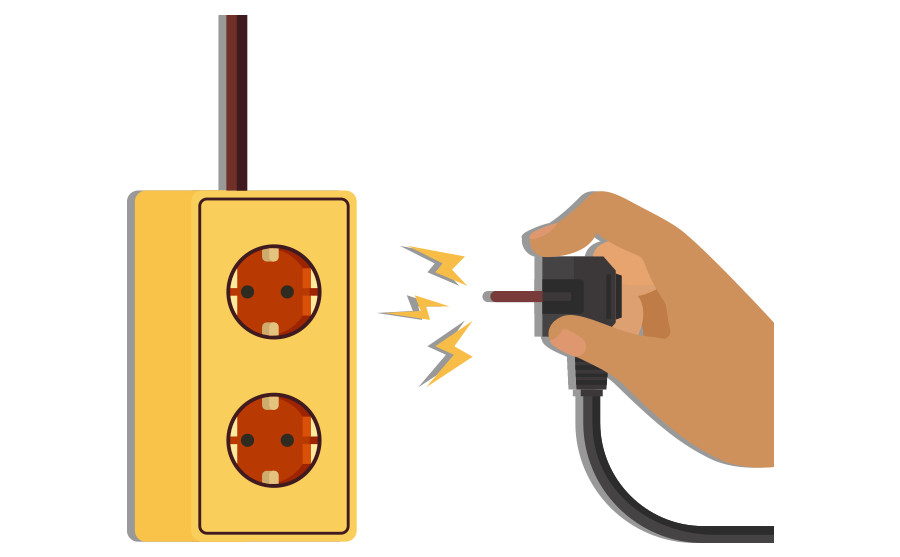
Industry 2.0 -Electricity and Mass Production
The Second Industrial Revolution harnessed electricity to power development and communication. During this period, methods of production were reviewed and assembly lines were formed to improve work productivity.
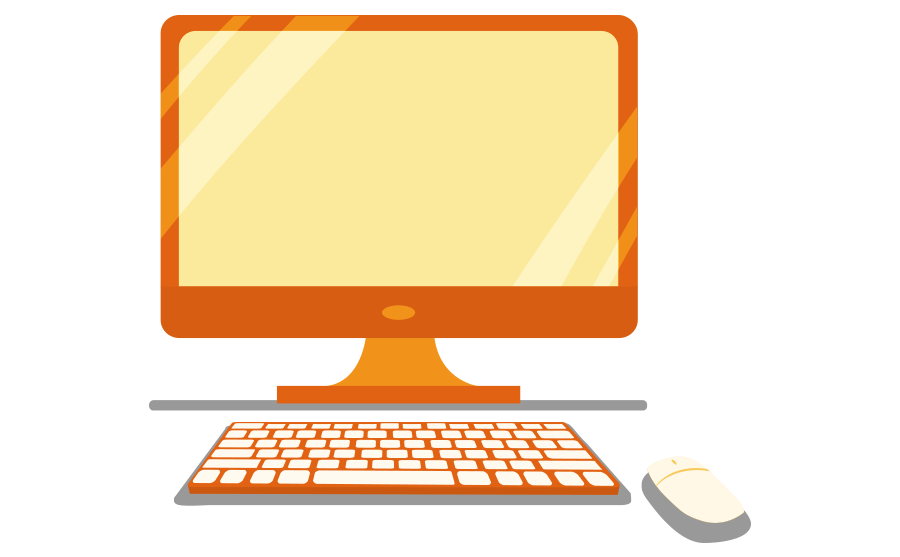
Industry 3.0 – Automation
Also known as the digital revolution, the Third Industrial Revolution capitalized on electronics and computing machines to automate production. The rapid advances in digital and communication technologies led to new and better ways of generating, processing, and sharing of information.
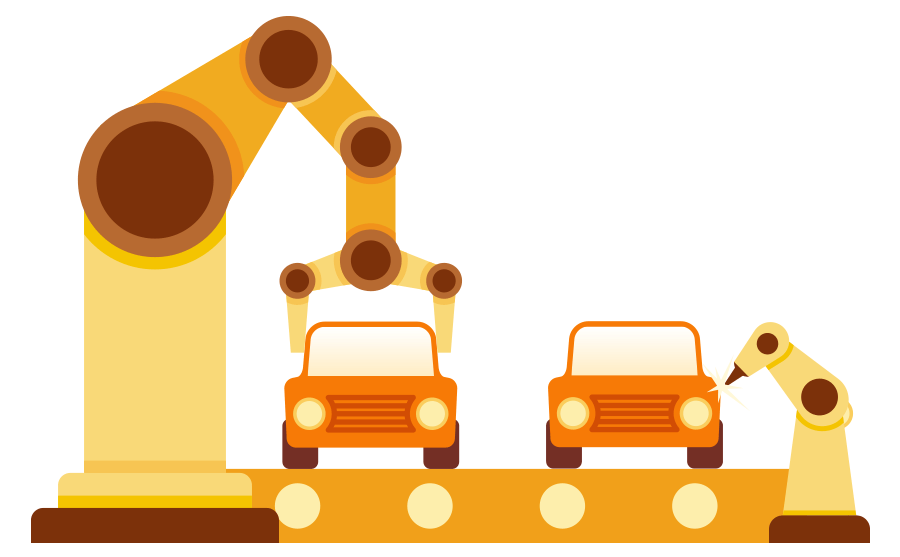
Industry 4.0 – Cyber-physical Systems
Industry 4.0 is building on the technologies of its predecessors but on an exponential rate. Innovations in machine intelligence blur the divide between cyber and physical world leading to an integrated and holistic approach to business processes.
The Driving Forces Behind Industry 4.0
Four widely practiced data-centric digital trends led to the emergence of the Industry 4.0. These complementing trends enabled interconnected machines to communicate and make informed decisions with minimal to zero human intervention.
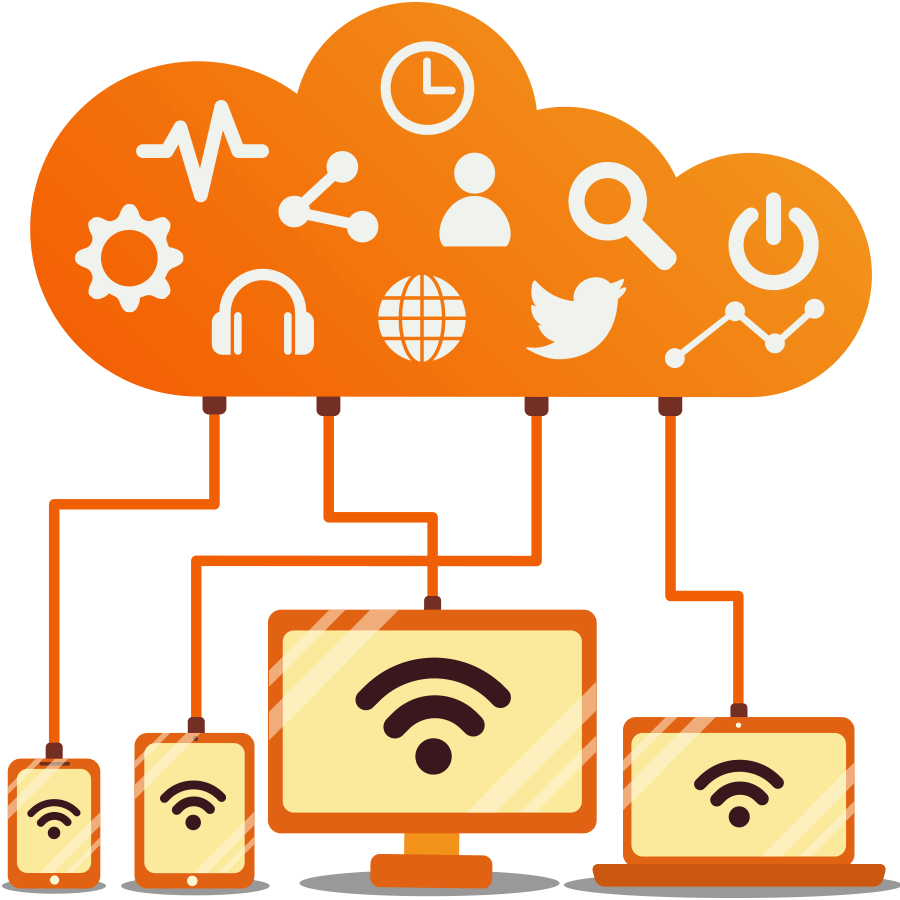
Big Data
Big Data is a huge amount of unstructured data received from different sources with varying speeds. These chunks of data will be analyzed, categorized, and stored as information. Once interpreted, patterns, trends, and other valuable business insights can then be derived.
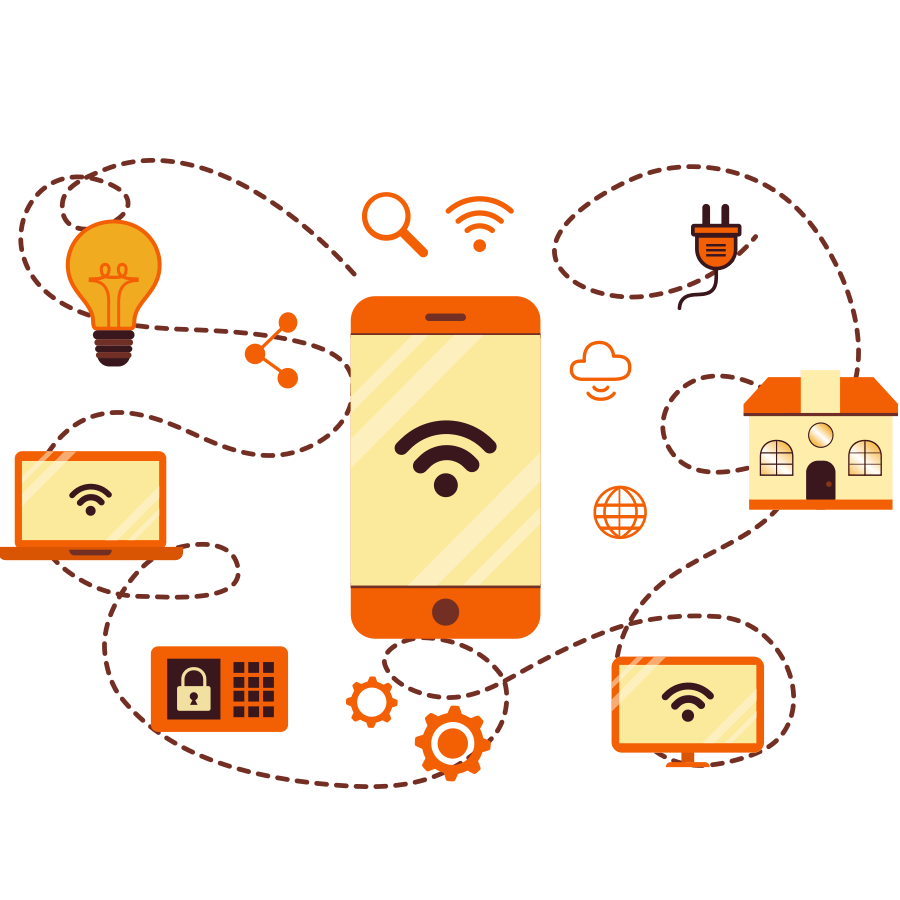
Internet-of-Things
Imagine a web of interconnected smart devices a person uses every day and you now have an image of the Internet-of-Things. These devices, once connected to the Internet, can exchange information with other devices or with humans, anywhere and anytime— enabling a more mobile way of doing business.
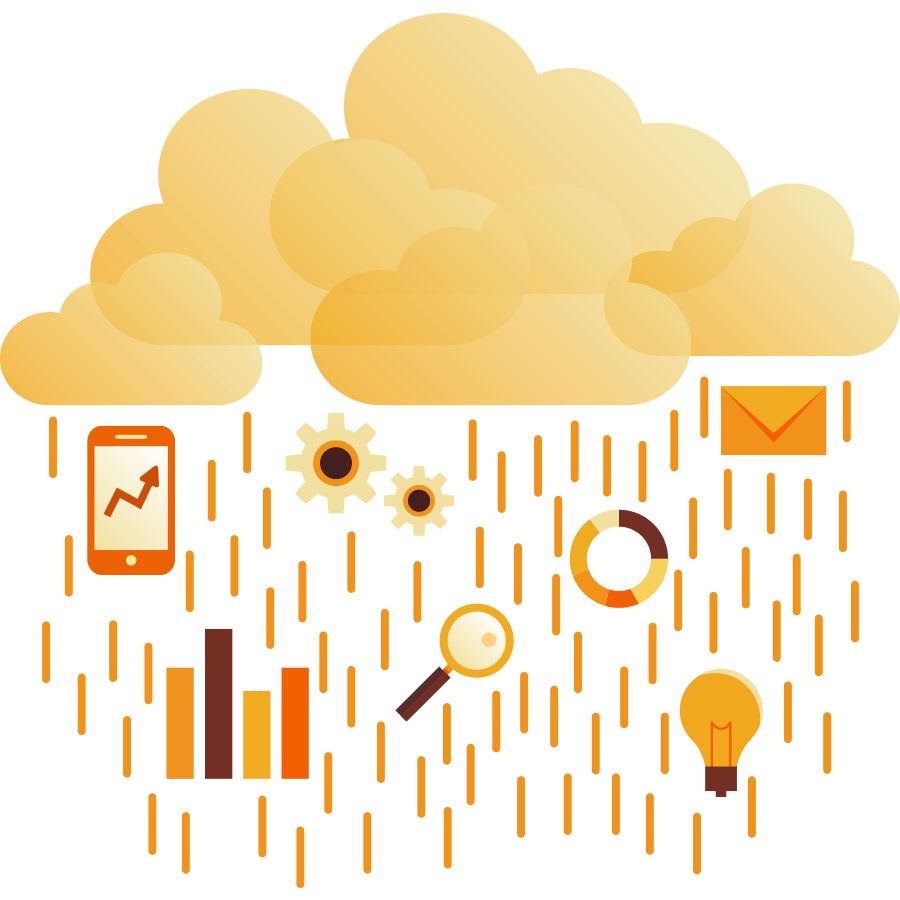
Cloud Computing
Cloud Computing is a service that enables the migration of data to virtual storage in the Cloud. Hosted online, software and applications are now more accessible to a wider range of devices from anywhere in the globe, whenever needed.
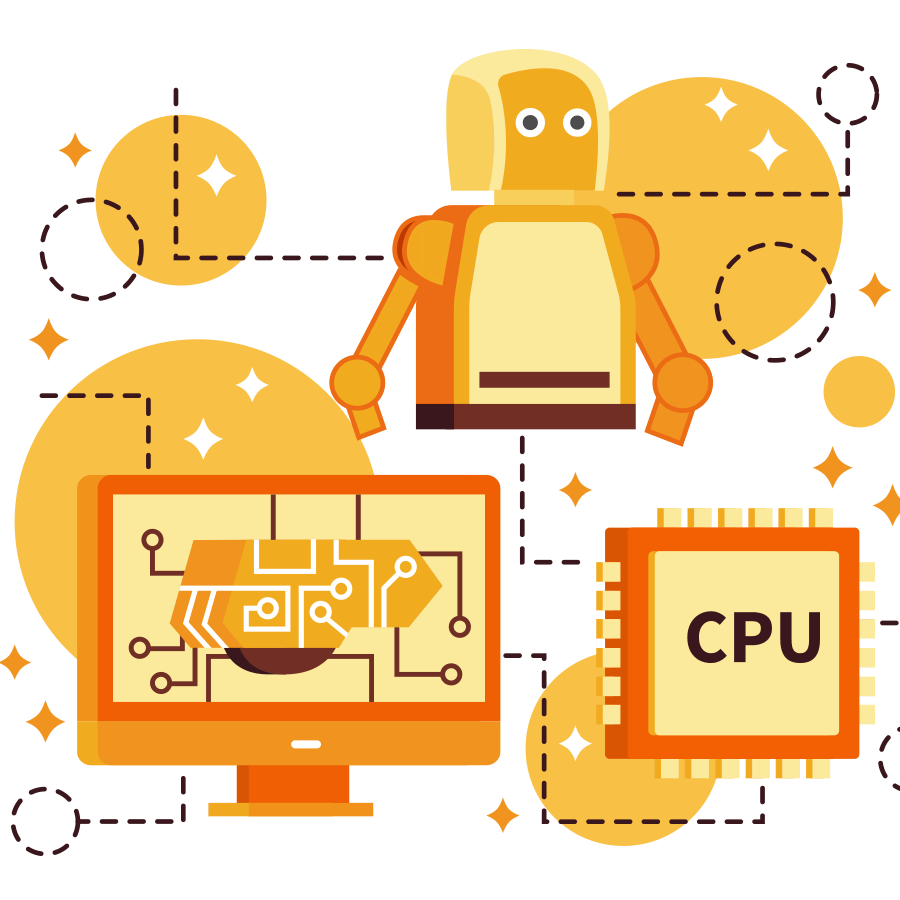
Artificial Intelligence
Artificial Intelligence or AI is the ability of any type of machine, big or small, to learn and replicate the way humans think and act through its integration with data-driven algorithms. Through AI, machines are now empowered to make real-time logical decisions lessening the probability of human error.
Digital Transformation Trends in Industry 4.0
As the need for digital transformation becomes more apparent in Industry 4.0, there are four major trends we need to focus on in order to stay relevant in the future.
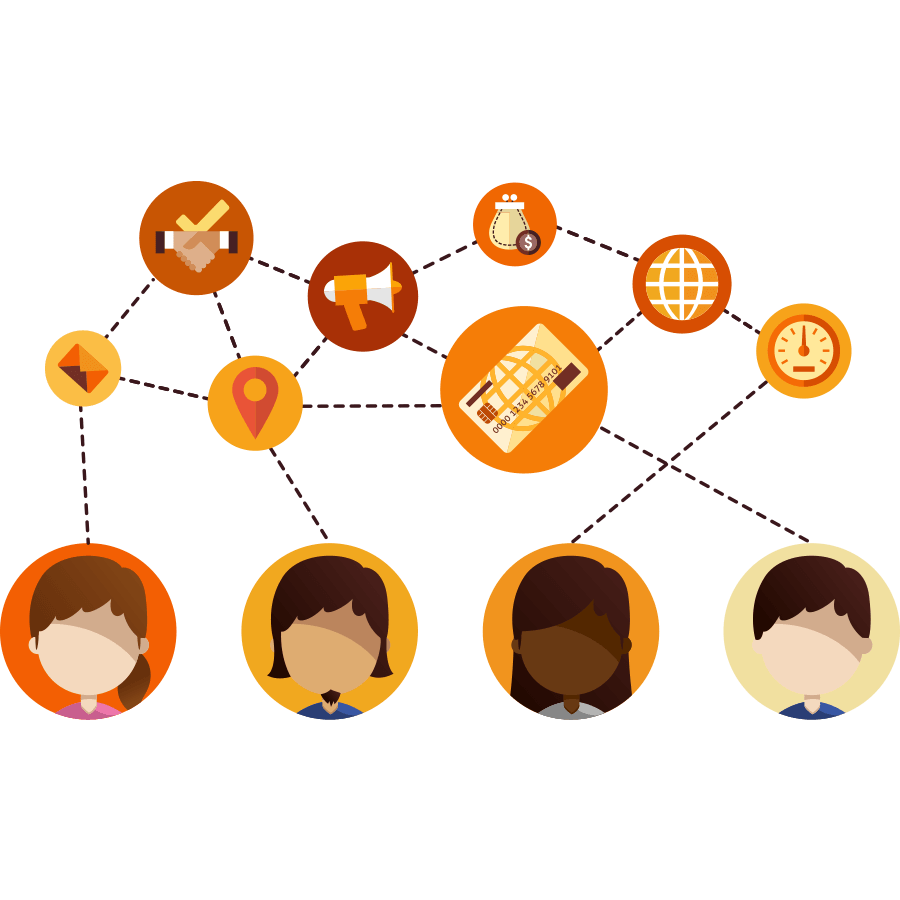
Connected Consumers, Customized Experiences
Personalized experience is the new standard for customer satisfaction today. With the consumers getting involved in every step of value creation, businesses are combining mass customization with responsive and unique products.
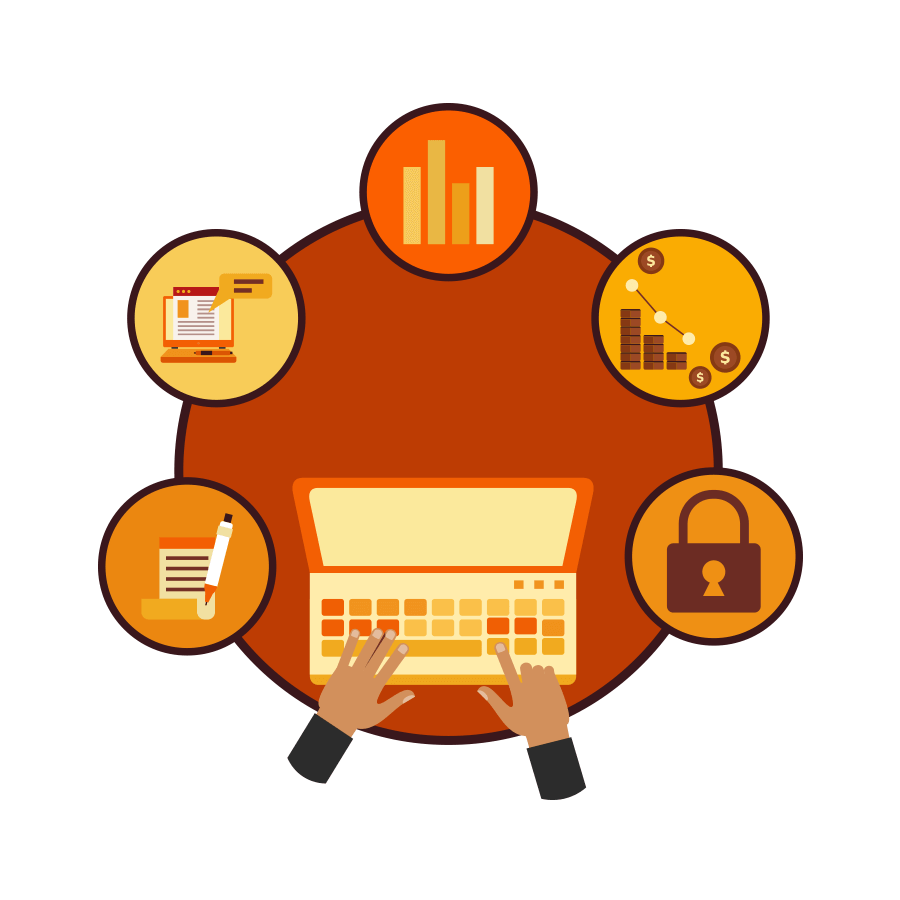
Empowered Employees
New communication and collaboration tools make it easier for employees to collect and share information anytime and anywhere. Enhancements in Enterprise Resource Planning (ERP) and Customer Relationship Management (CRM) empowers organizations to make data-driven decisions.
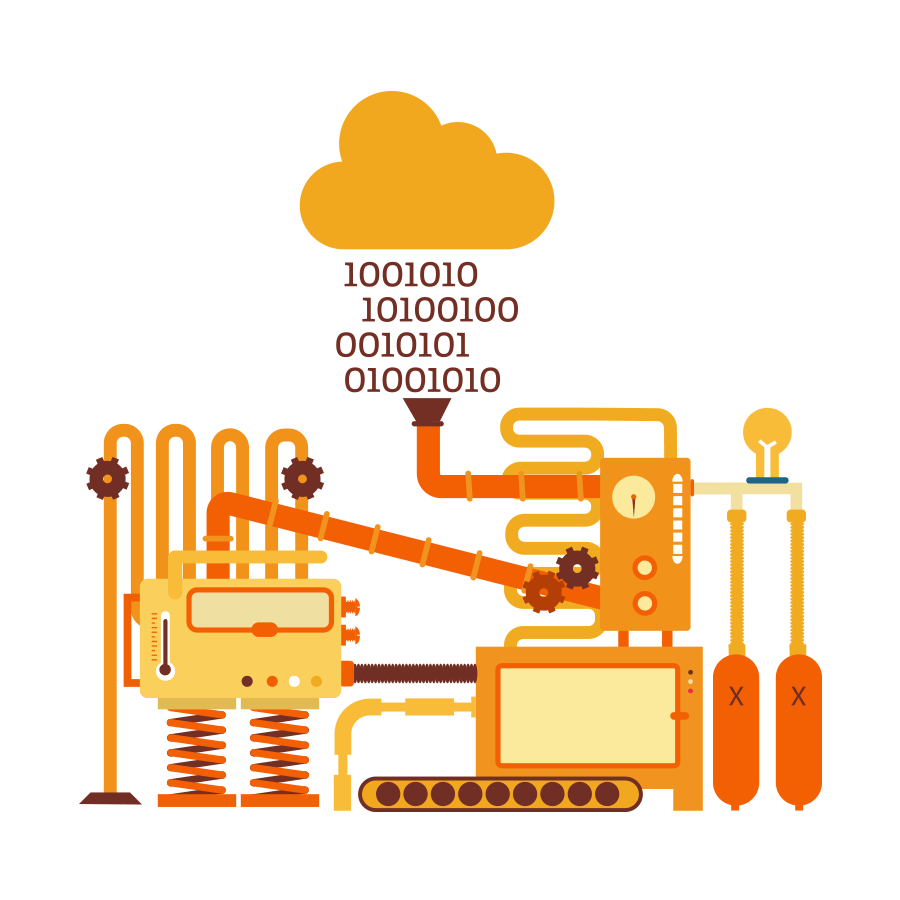
Optimized Production
Real-time information from machines and sensors enables timely and dynamic interventions to various stages of production. This gets even better with machine learning which allows systems to predict and respond to outcomes based on live data inputs.
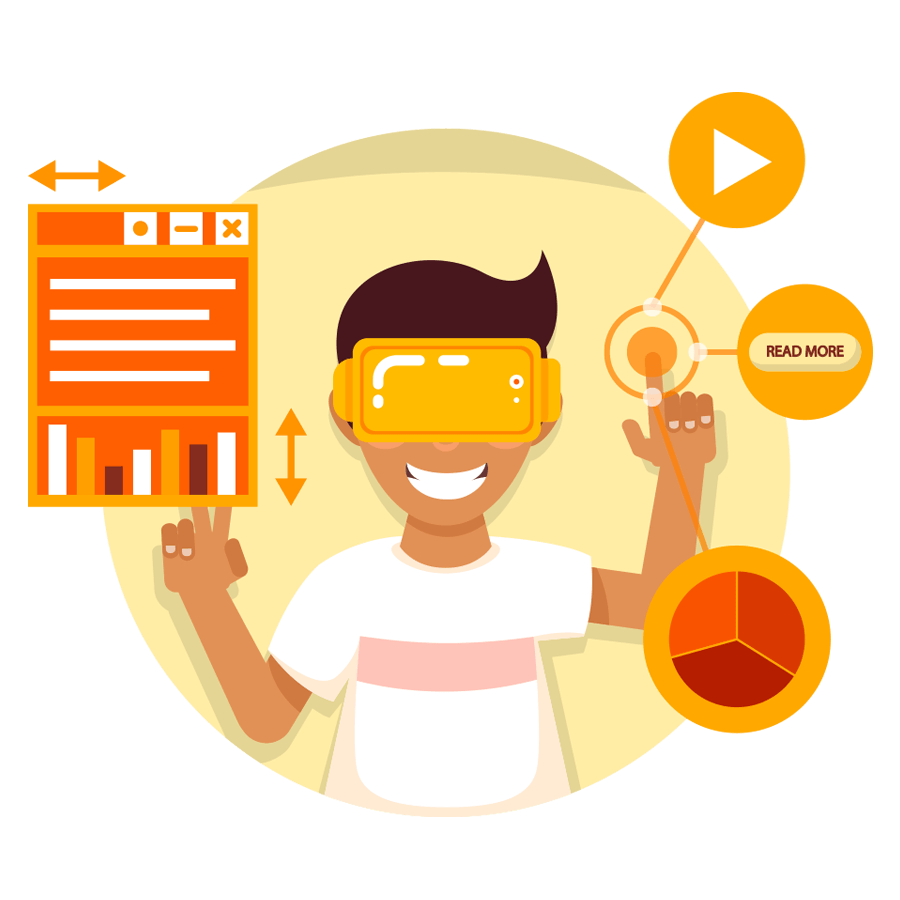
Transformed Products
Innovations in products and services are built on enhancing existing technologies to be more accessible and efficient. Driven by a continuous influx of performance information, production becomes less expensive and time-consuming.
Infrastructure Enabling Technologies
With digital transformation expected to be in full swing during the Industry 4.0, preparing a resilient and solid technology infrastructure is necessary to maximize its economic, industrial, and manufacturing benefits.
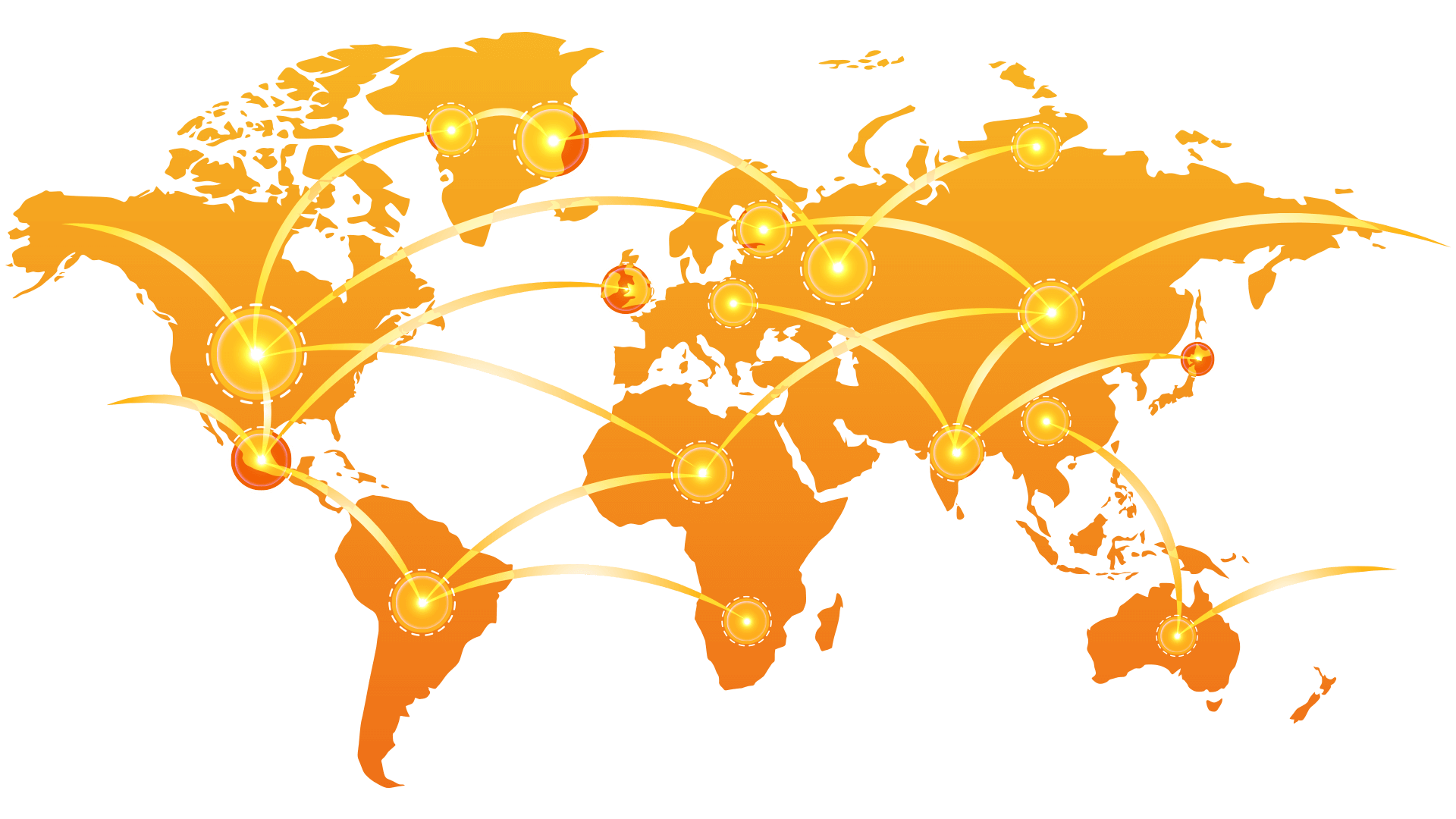
MEC Networks helps prepare organizations to adapt and manage the technologies of today to meet the demands of the future. Learn more about how you can integrate these emerging technologies in your organization.
Ready to Get Started?
Ready to
Get Started?
Connecting with MEC provides you with access to globally recognized technology brands and a range of premium value-added services.

